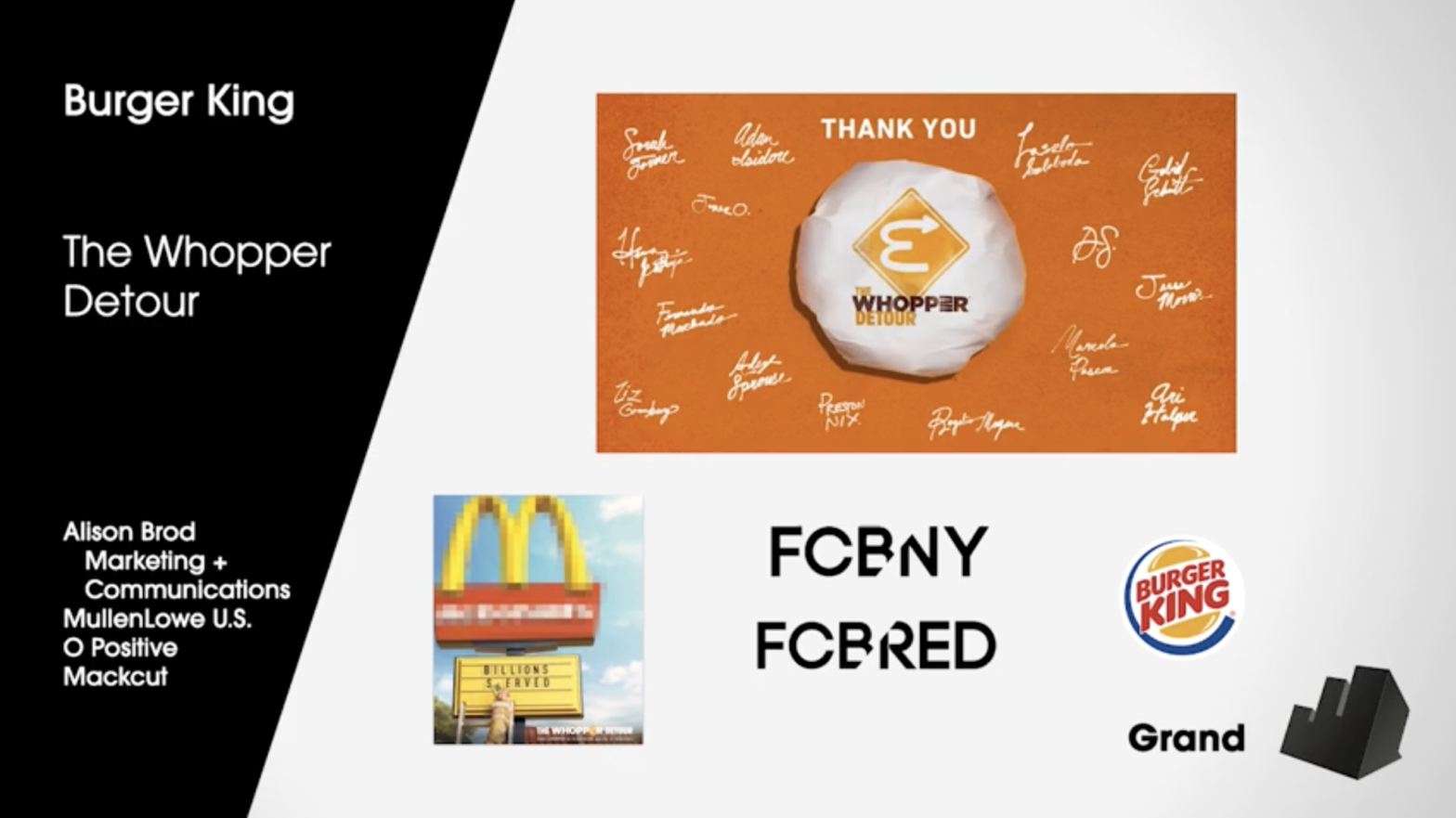The Impact of Advertising Creative Strategy on Advertising Elasticity / By Filippo Dall’Olio (Brock University) and Demetrios Vakratsas (McGill University). Published in the Journal of Marketing.
Give it to me in one sentence.
David Ogilvy was right and Bill Bernbach was wrong - content is more important than style when it comes to advertising.
Give me a little more detail.
Two researchers set out to investigate how advertising creative strategy influences sales. First, they devised a framework for breaking down ads into their fundamental creative components, and then they analysed the impact these components had on advertising elasticity by measuring how changes in a brand’s ad spend correlated to sales.
The framework analysed ads according to their function (what is communicated by an ad) and form (how it is communicated).
The function of an ad was assessed according to three dimensions: experience, affect and cognition. Experience referred to procedural information that showed people how a product is used or how it performs, affect referred to emotional content, and cognition referred to factual claims about a product’s attributes and benefits.
Advertising form was first assessed according to five broad categories: Comparative (ie, comparisons with competitor products), endorsements and testimonials, entertainment (including all forms of storytelling and humour), imagery and visuals, and mnemonic devices (mascots, catchphrases, etc).
Form was then further scrutinised to see whether the ads conformed to any of four common creative templates: Analogy, extremes (absurd situations that highlight product characteristics), consequences (depicting what happens to people that do or don’t use the product) and dimensionality alteration (eg, a deodorant stick transforming into an umbrella to communicate how it keeps you dry).
All told, the researchers analysed 2,251 ads from 91 brands across 16 CPG categories, all of which aired on TV in the US between 2008 and 2011.
At the top level, the results showed that all three dimensions of function improved advertising elasticity and that emphasising one of them in an ad, rather than trying to give all three equal prominence, improved a brand’s fortunes.
Experience was the function most effective at driving elasticity, followed by cognition and then affect. This pecking order contradicts a prior study that found emotional content held the biggest sway among mature markets. It also seems to contradict the preferences of brands, which most often run with affective content, according to the researchers’ dataset, anyway.
Form also had an impact on advertising elasticity, but less so than function. Form did however tend to work synergistically with function. For instance, comparisons and imagery/visuals interacted most positively with experiential content when it came to lifting advertising elasticity. Comparisons and endorsements, meanwhile, paired well with cognitive content.
Broadly, the researchers found that function and form work together to produce the strongest advertising elasticities when they are congruent. The positive effect of imagery/visuals on experience content was one of the rare exceptions to this rule.
Other general findings were that clutter (more competitors advertising at the same time) dampens elasticity, and that keeping campaigns fresh over time by changing the content and executions has a positive impact on advertising elasticity.
Why is this interesting?
As the researchers note in the paper, two ad industry greats, David Ogilvy and Bill Bernbach, diverged on whether content or execution mattered more in advertising, and it appears that Ogilvy is the marginal winner of that dispute, given the stronger effect of function (content) on elasticity than form. That said, we’re talking about small effect sizes here. One of the biggest single drivers of advertising elasticity observed in this study - an experience function - only produced a 0.0344% increase in sales for every 1% increase in ad spend.
Nonetheless, this paper offers a broad evaluation of how creative strategy impacts sales effectiveness. As one of the paper’s authors, Filippo Dall’Olio, told Contagious: ‘The one thing to take out of this paper is that creative strategy should be based on more than just tactics. Managers should focus on the big picture.’
Any weaknesses?
The researchers themselves note that their findings apply only to CPG products and that their experiment cannot prove a definite causal relationship between the creative strategies and advertising elasticity.
Where can I find the whole report?
Here, but it’s behind a paywall. You can also read an article about the study, which is free, here.
Source: contagious.com



